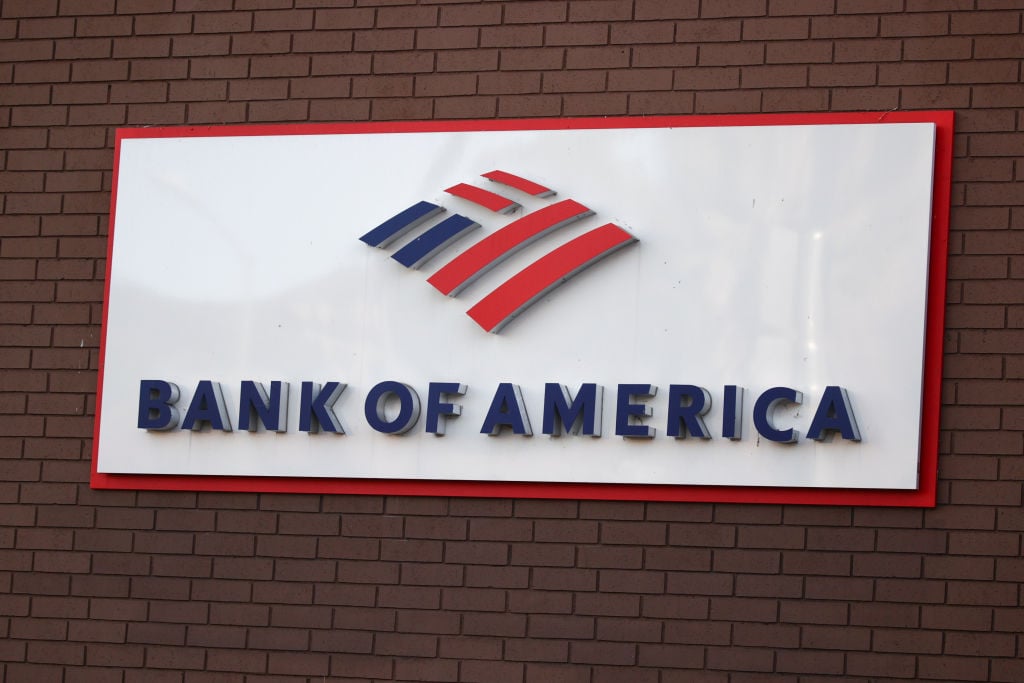I want Treasury Secretary Tim Geithner's plan to save the banks to work. I want banks to jettison all the crap on their balance sheets and allow taxpayers to profit. Everyone does. It'd be the ultimate victory during an economic collapse where nothing has gone right.
But I'm also a realist. There are several reasons to think that Geithner's plan to form a public-private investment partnership will not only fail, but will become a massive wealth transfer from taxpayers to banks. When the plan first came out last week, I didn't think such a transfer was likely. With a simple example, I now realize otherwise.
No buyers, no sellers
The gap between what banks like Wells Fargo (NYSE:WFC) or Bank of America (NYSE:BAC) are willing to sell for and what investors are willing to pay is gigantic. If AIG (NYSE:AIG) wants to sell an asset for $0.80 on the dollar, yet private investors are only willing to pay $0.40 on the dollar, we get nowhere.
To solve this dilemma, Geithner's plan provides 85% nonrecourse financing to private investors. The Treasury then splits the equity 50/50. So, to buy an asset for $100, private investors only have to risk about $8. While that seems like an unfair risk for taxpayers, private investors theoretically won't overpay, because they can lose every dime they put in. In all likelihood, that'll prove to be the case most of the time.
Unless …
Yet with a little creativity, it's easy to see how banks could sell assets at extravagant prices -- perhaps 100 cents on the dollar -- while dumping most of the risk on taxpayers. Private investors who participate in this plan, you see, have sole authority to set the bid price on assets. As the Treasury's recent press release states:
The highest bid from the private sector … [will] define the total price paid by the private investors and the Treasury.
Hence, banks have a huge incentive to get someone to bid exorbitant prices. Who is that "someone"? Well, that's where things could get shady.
According to the Treasury, investors who meet a few simple criteria pre-qualify to participate in the plan. For example, pre-qualified investors must have:
- Capacity to raise at least $500 million of private capital.
- Experience investing in eligible assets, including through performance track records.
- A minimum of $10 billion of assets under management.
- Headquarters in the United States.
All pretty simple. Oodles and oodles of hedge funds and private equity funds fit those requirements.
Trouble is, you can draw a straight line from banks to some of those seemingly "independent" private investors. Hedge funds in particular have extraordinarily tight relationships with investment banks like JPMorgan Chase (NYSE:JPM), Goldman Sachs (NYSE:GS), or Morgan Stanley (NYSE:MS) that often play ball on the same court.
In fact, private investment partnerships can actually be owned by banks themselves. For example, Lehman Brothers invested in, provided management for, and supplied office space to a hedge fund called R3 Capital Partners last year. It then sold $4.5 billion worth of assets to R3 at undisclosed prices. For whatever reason, Lehman essentially sold assets to itself through an "independent" entity.
Welcome to the ingenuity of Wall Street -- throw in a little creativity and fancy structuring, and suddenly the distinction between banks selling assets and private investors buying assets is blurred.
Here's a simple example of how this could derail the success of Geithner's plan:
- Bank A has a toxic asset no sane investor would pay more than $30 for.
- Bank A gets Private Investor B -- an entity with ties to Bank A itself -- to participate in Geithner's plan and pay full price for the asset -- $100, in this case.
- Bank A receives $100. Expect something similar to Citigroup's (NYSE:C) famous "We're saved! Everything is fine!" memo to follow.
In due time, the asset's true value -- $30 -- is realized. Since Private Investor B only put up a sliver of equity, it loses its $7 and walks away. No biggie.
Now connect the dots:
- Bank A sold an asset worth $30 for $100 -- it made a $70 windfall.
- Private Investor B -- with ties to Bank A -- loses only $7 when those assets go bad. Bank A happily repays $7 to Private Investor B for the trouble. Everybody wins, except for …
… the taxpayer
Since government-issued nonrecourse leverage is involved, banks can simply overbid for assets via "independent" investors and funnel most of the risk onto taxpayers. Heads they win, tails you lose.
Like I've said before, 2+2 is never going to equal 100, no matter how many bells and whistles you slap on these bailouts. If the goal is to recapitalize banks in an efficient manner, there are other sensible ways to do it. Giving banks the ability to write their own ticket isn't one of them.
For related Foolishness:









